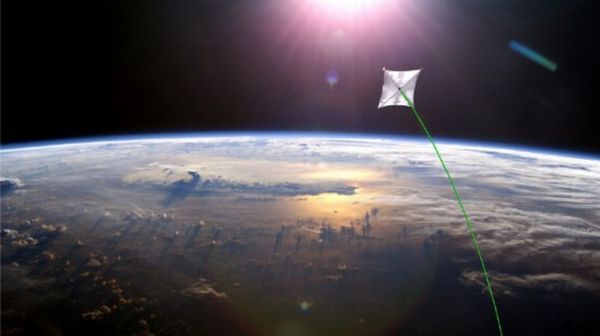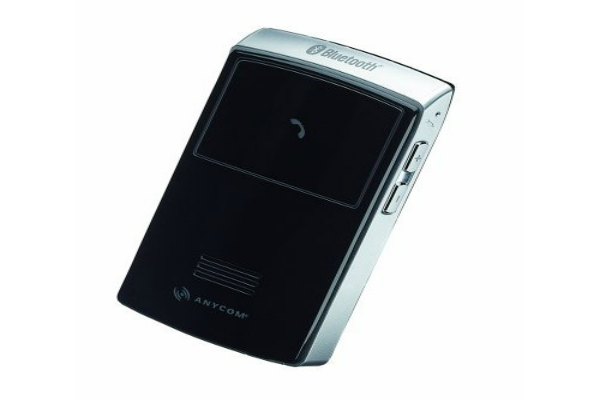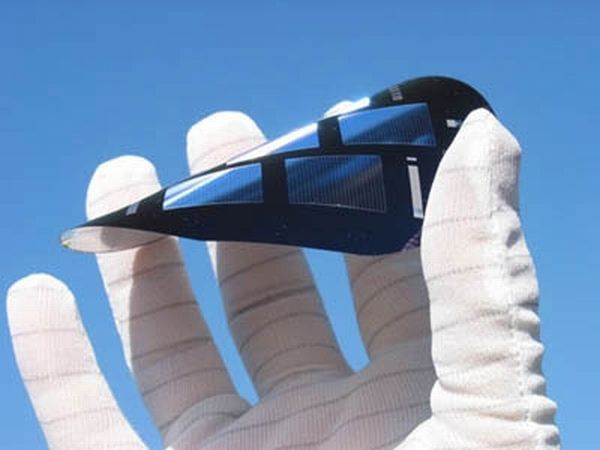
What is it?
With the launch of IKAROS, Japan was the first country to experiment successfully with solar sail technology to be used in the interplanetary space. Realizing the immense potential of solar sail technology and its future application for a more economical power solutions, NASA has undertaken to take a few steps further for transforming space communication, deep space navigation and also in-space propulsion capabilities with the help of three projects to be implemented in tandem.
Massive flares, during solar activity often cause disturbances and the energy thus releases can be used for increasing in-space propulsion capability. The massive solar energy released during the process can be harnessed using the solar sails and they would increase the efficiency of the spacecraft and at the same time also reduce the operating costs. For exploiting this huge potential and for technology demonstration, NASA will soon be launching the largest ever solar sail around 2015. The area of this spacecraft will be seven times greater than any other spacecraft launched previously. In 2010, NASA’s 100 square feet sail NanoSail-D, re entered the earth’s atmosphere as a pre test effort before the big leap. It was able to collect valuable de-orbiting data, but lacked maneuvering capabilities. More work is being done for making this demonstration mission a success.
Through this project, NASA will also demonstrate three main new technologies namely; laser communication relay, deep space atomic clock and beyond the plumb brook chamber. The laser communications relay will improve data rates by almost 100 percent that too cost effectively. The prototype of a deep space atomic clock based on a mercury-ion atomic clock will also be used. This will increase the GPS accuracy along with the speed of one-way radio communications. Finally, an advanced weather warning system will provide accurate notices about the flare activity.
How big is it?
California’s L’Garde Inc, in collaboration with National Oceanic Atmospheric Administration, will be giving the project its final shape. They intend to build a solar sail, measuring 15,543 square feet and 1, 444 square meters. It will be used for gathering orbital debris over many many years, holding the satellites even during unstable conditions. It will have the capability to locate GeoStorm solar flare tracking satellite to be located at points, approximately three times away from the earth. The demonstration mission will also illustrate the sail’s attitude control, trim control and also its passive stability. The combined cost of all the three projects to be undertaken will be around $175 million with a cost sharing basis among all partners who want to use the technology currently or who will need it in the future.
The game changing activities offered by the solar sails will include capturing orbital debris and its removal from the orbit with the help of solar sail thrust. The solar sails will be integrated with satellite payloads for de-orbiting it and for unstable times, station keeping will be undertaken using propellant less thrusts.
How green is it?
As already mentioned the solar sails would be so designed with a whopping surface area so that so that when massive flares are caused during solar activity, their energy could be exploited for increasing the efficiency of the spacecraft and also for bringing down the costs of operation. Therefore, this system can be labeled as an energy saving propulsion system.
Using the low cost technology, small satellites can be converted into space debris cleaners. According to the Space Surveillance Network, there are around 6,000 tons or 20,000 pieces of space debris in orbit that need removal. They have been lying abandoned for almost 50 years now. Satellites often fall dead and leave behind space debris and these solar powered space sails will become a critical method of cleaning up the space post defunct operations.
The predecessor
The first ever effort towards building a spacecraft demonstrating solar sail technology was done by Japan Aerospace Exploration Agency (JAXA) with the launch of IKAROS i.e. interplanetary Kite-craft Accelerated by Radiation Of the Sun in 2010. It was during December 2010 that IKAROS cross passed the Venus at a distance of 80,800 kilometer and successfully entered the extended operation phase. It was the first to demonstrate deployment and control of larger solar sails in spacecrafts, integration of solar cells with the sail for powering the payload, measurement of acceleration and also it will demonstrate attitude control via variable reflective liquid crystal panels. Till date, the IKAROS is spinning at 2rpm approximately and its movements are being visualized using two cameras, DCAM1 and DCAM2.




